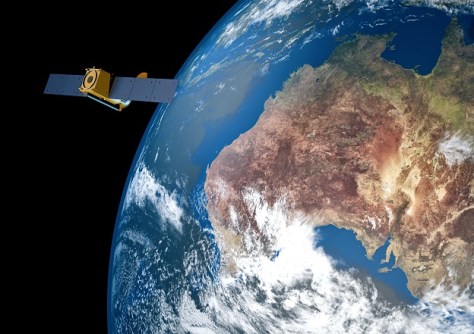
The United States has eased restrictions on the export to Australia of certain satellite-based remote sensing technologies.
According to the US Commerce Department’s Bureau of Industry and Security (BIS), the updated space-related export controls will promote the USA’s innovation and technology leadership while protecting its national security and foreign policy interests.
The relaxed restrictions also apply to the United Kingdom and Canada.
Specifically, the new ruling removes licensing requirements for items involving space-based remote sensing that:
- Have electro-optical capabilities and a clear aperture greater than 35 cm but less than or equal to 50 cm.
- Have capabilities beyond NIR (i.e. SWIR, MWIR or LWIR).
- Have radar capabilities (e.g. AESA, SAR or ISAR) with a centre frequency equal to or greater than 1.0 GHz, but less than 10.0 GHz, and having a bandwidth equal to or greater than 100 MHz, but less than 300 MHz.
The ruling also applies to “space-based logistics, assembly, or servicing spacecraft destined for Australia, Canada, and the United Kingdom,” as well as sensitive defence-related equipment and components.
The BIS says it expects the removal of these license requirements for Australia, Canada and the UK will result in a reduction of 90 license applications being submitted to BIS annually.
“Modernising our space-related controls to keep pace with today’s commercial space innovation and foreign policy environment is of critical importance,” said Under Secretary of Commerce for Industry and Security, Alan F. Estevez.
“Today’s rules maintain stringent controls on sensitive technologies to destinations of concern while promoting collaboration and trade with our allies and partners around the world.”
The move is another step on the path to recognising the changed nature of the technology sector, with the Assistant Secretary of Commerce for Export Administration, Thea D. Rozman Kendler, saying it reflects “both the extensive commercialisation of the space industry and the need to collaborate with foreign partners”.






